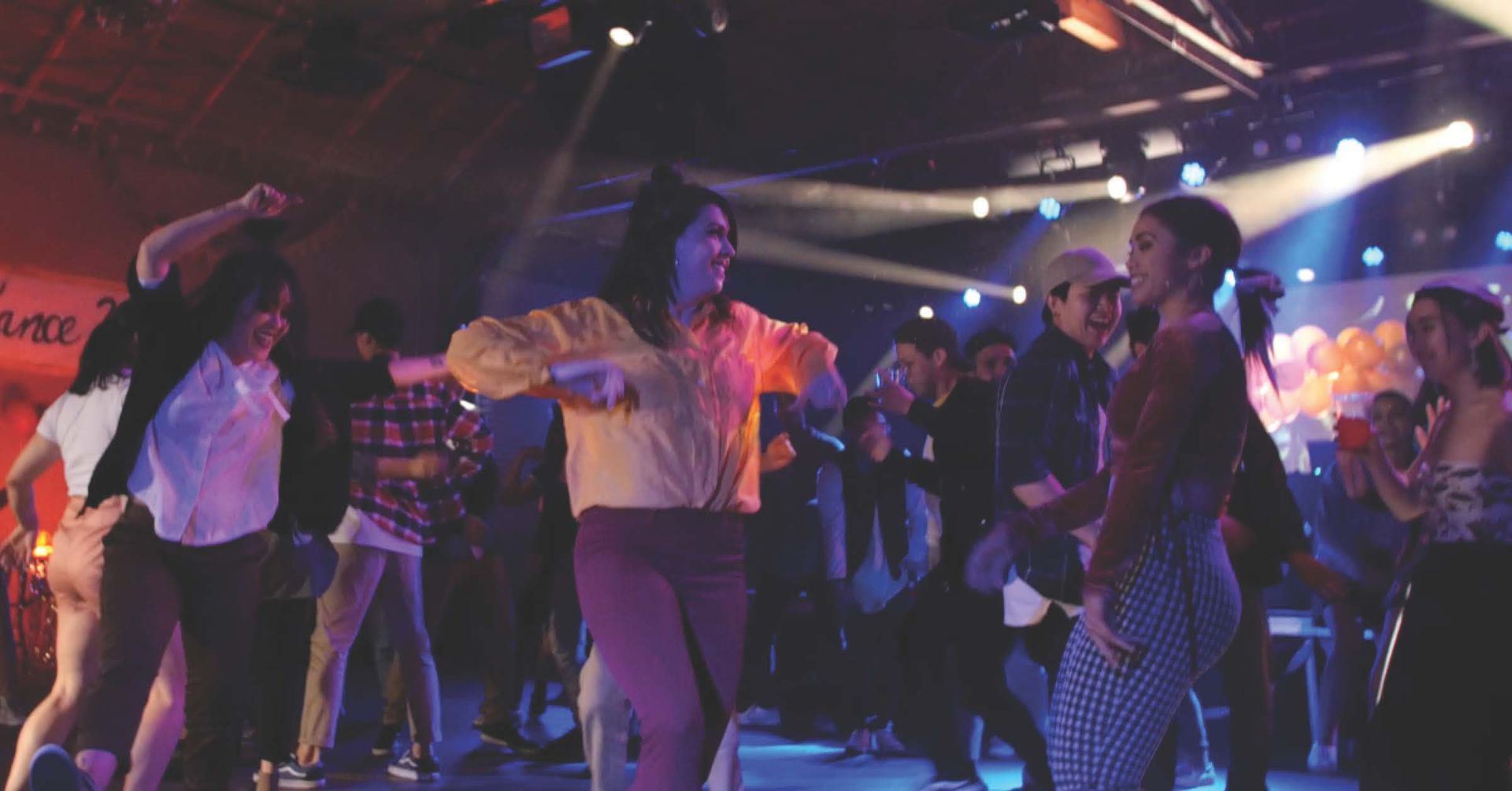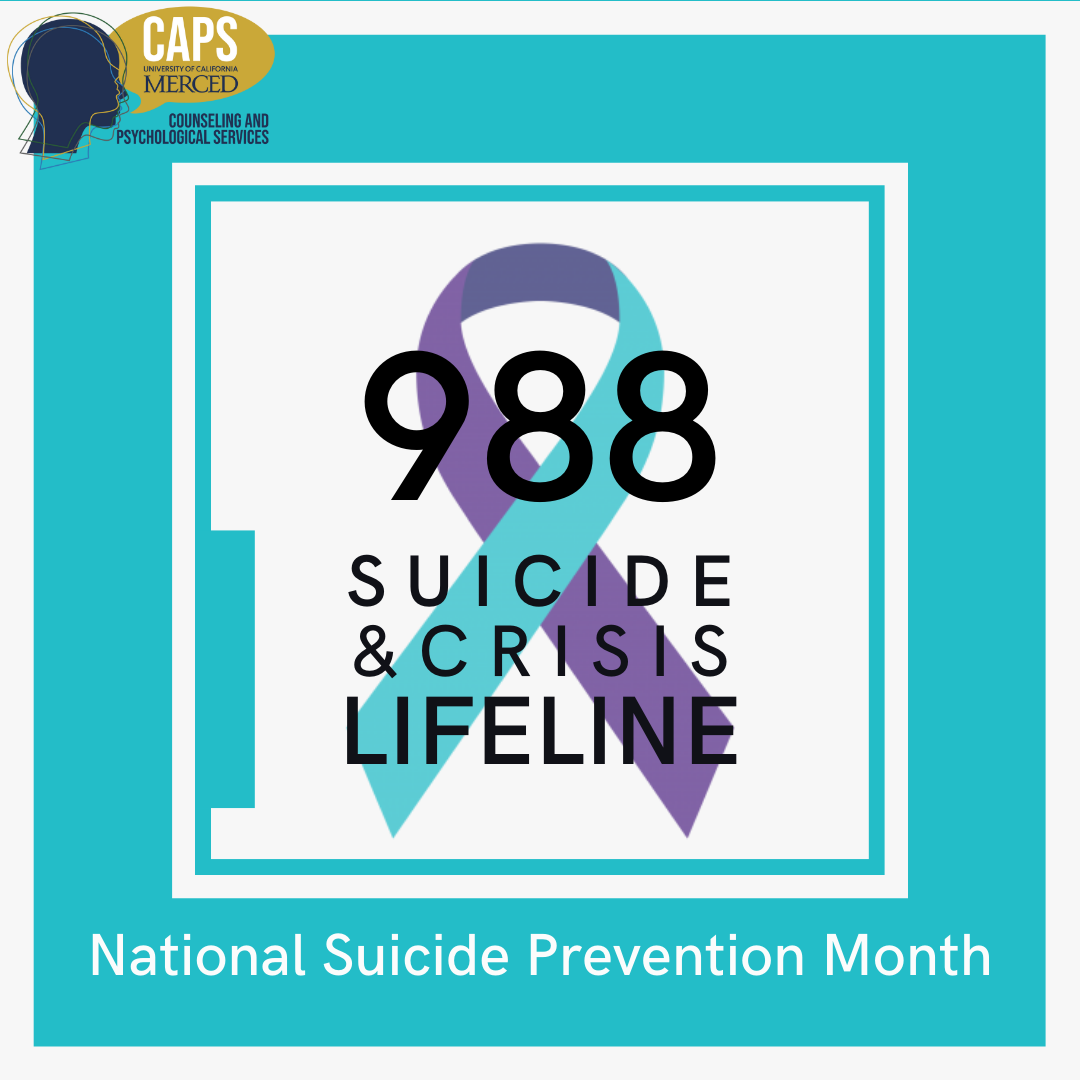With so many stressful events happening in close succession over the past few years we have all heard reminders to make time for self-care. Some of these come in a paternalistic tone, like a concerned parent reminding a child to brush her teeth. Others come across more like a supportive friend who’s been there for you with a pint of ice cream after a breakup. In modern life most of us take the concept of self-care for granted, as something we all know we should do even when we don’t put it into practice very often. That hasn’t always been the case. The idea of self-care has evolved over time and has quite an interesting history.
MOST OF HISTORY
Through most of human history self-care focused on doing what was necessary for survival. Only members of the aristocracy and other wealthy individuals could afford the luxury of devoting time and resources to doing things purely for enjoyment and for their physical and mental betterment. For the general population, self-care as we think of it today would have been a foreign concept. Nonetheless, people have always done small things to make their lives tolerable – adding decorative touches to their possessions, singing songs or playing music, and so forth.
RISE OF THE LABOR MOVEMENT
In the 19th century workers began organizing their efforts to reduce working hours and include time for leisure in their week. A 1827 statement of their reasons for striking in demand of reducing their work hours to 10 per day, by a group of Philadelphia carpenters resolved, “All men have a just right, derived from their Creator, to have sufficient time each day for the cultivation of their mind and for self-improvement.” As organized labor gained power industrial employers began decreasing working hours. Many instituted a Saturday half-day holiday, and vacations began to be regularly offered (though usually unpaid). With more leisure time available, a wider variety of entertainment activities became available including vaudeville shows, circuses, Wild West shows, and county fairs. Parks, playgrounds and sports fields were dedicated. Museums and libraries opened in many communities. On a more commercial front, amusement parks, resorts and hotels began to crop up across the country. People began to form clubs related to hobbies or common interests, as well as sports teams and leagues.
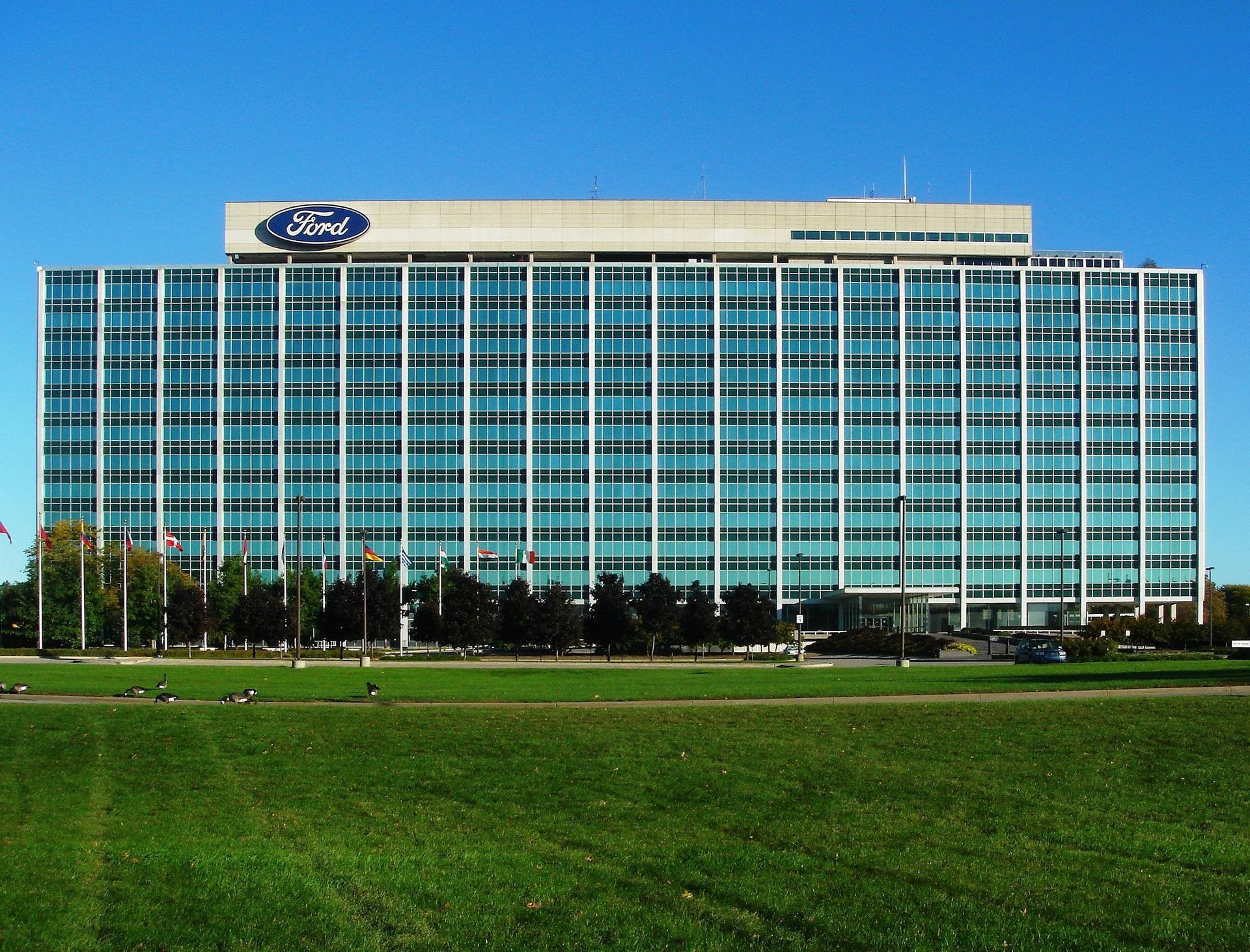
FORD MOTOR CO.
In 1914 Henry Ford rocked the industrial world by offering to pay factory workers $5 a day. Before then workers typically earned around $2.25 for a 9-hour workday. In 1926 Ford did something even more radical. He introduced a 5-day work week at his factories. Why would Ford do these things? Was he a kind soul who truly cared about his workers? He was a businessman and these decisions made good business sense!
Before he increased the pay for his workers, turnover at Ford factories was high and it was costing the company more to constantly train new employees than it did to increase wages, enticing workers to stay in their current jobs.
A good businessman knows there’s not much advantage to putting more money into the pockets of workers if they don’t have time to spend that money. As Ford explained in an October 1926 Time interview, “People who have more leisure must have more clothes. They eat a greater variety of food. They require more transportation in vehicles.”
CONSUMERISM
With the rise of the advertising industry in the first half of the twentieth century, Americans became more aware of the many ways that commercially available products could make their lives better, easier, and more glamorous. This movement had a mixed impact on self-care. As appliances like refrigerators, vacuum cleaners and washing machines became more widely available and relatively more affordable, quality of life improved in some ways (less food spoilage, cleaner homes, etc.). However, it also brought higher demands on people in terms of what they “should” be doing during a day. People also found themselves working longer hours to be able to afford the latest innovations and to “keep up with the Joneses.” Leisure activities such as bowling, card games and magazines became popular. Radios, televisions, and record players found their way into living rooms throughout the country. People started going out in increasing numbers to movies, restaurants, and dance clubs. The rise of the middle class after the Second World War saw more people being able to afford to participate in recreational activities.
MEDICAL ADVICE
The term self-care was originally used in the medical field by doctors who wanted patients to be active participants in their own care by eating healthy, exercising, and maintaining healthy habits in general. Over time professionals in high-risk and emotionally daunting professions such as EMTs and ER staff were encouraged to practice self-care by attending to their own physical, mental, and emotional welfare. Professionals in fields such as counseling, social work, and nursing are now routinely taught that self-care is necessary for the prevention of compassion fatigue and burnout.
Civil Rights Movement
Recognizing the strong correlation between poverty and poor health, leaders of the civil rights movement in the 1960’s drew attention to inequalities in the nation’s health care system. For example, when he addressed the convention of the Medical Committee for Human Rights in Chicago in 1966 Martin Luther King Jr. said, “Of all the forms of inequality, injustice in health is the most shocking and the most inhuman.”
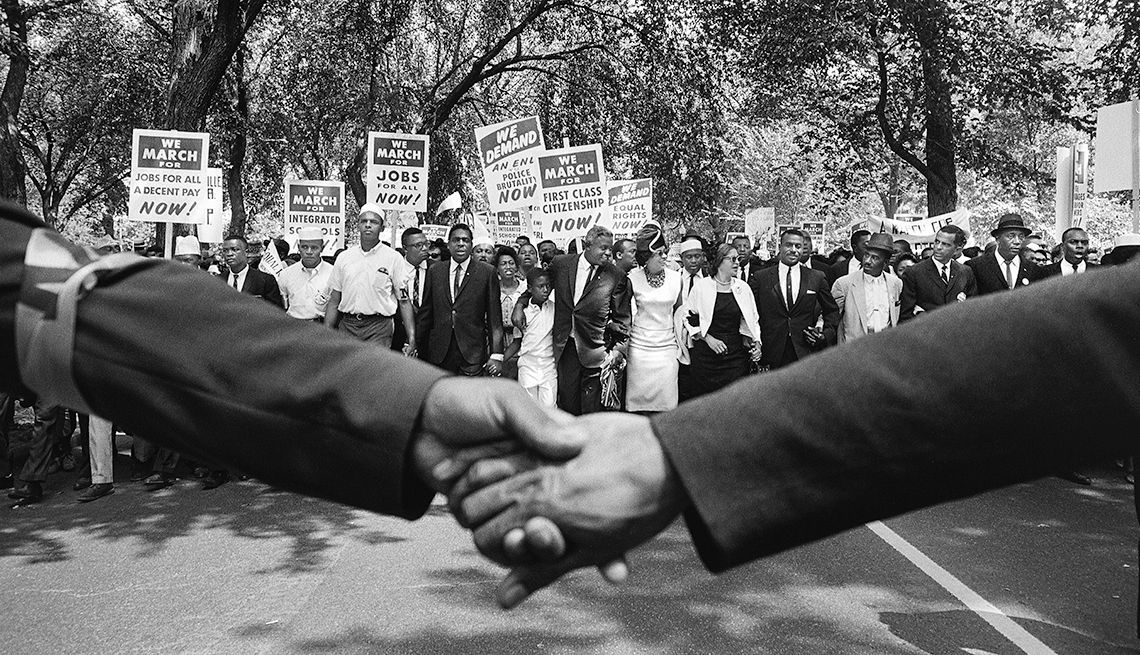
The Black Panther Party picked up this torch and carried it further, characterizing self-care as both a political act and a necessary corrective action to preserve one’s mental and physical health while navigating the inequitable sociopolitical system. Advocacy led to the creation of free wellness programs and clinics across the country in response to the lack of adequate health and social-service programs in black communities.
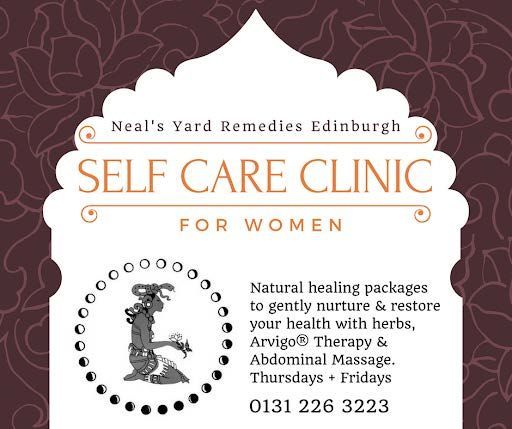
WOMEN'S LIB MOVEMENT
Around that same time, activists in the women’s liberation movement began highlighting the rampant sexism that existed in institutional healthcare, where women’s bodies were characterized at best as inherently weak and deficient, and at worst as vectors of disease. The 1960’s and 70’s saw the emergence of healthcare clinics designed specifically to address women’s needs including reproductive health, preventative care, and self-care. Women were encouraged to share knowledge and support each other.
CATASTROPHIC EVENTS
In recent years self-care has emerged as a topic of attention in the aftermath of catastrophic events. Most notably, after the terror attacks on September 11, 2001, mental health experts throughout the country encouraged people to make time for self-care regardless of whether they were affected directly or indirectly by the attacks themselves. Similar advice was common more recently in response to the COVID-19 pandemic and the civil unrest that occurred in reaction to the deaths of George Floyd, Breonna Taylor and police killings of unarmed black people. It is now commonly accepted wisdom to acknowledge the importance of self-care in moments of great political, social and cultural instability.
ONGOING CHALLENGES
Despite the broad acceptance of value of self-care during times of crisis, the routine practice of self-care is frowned upon in many circles. Acts of self-care often viewed as extravagant, self-indulgent, or attempts to justify laziness rather than as a form of self-preservation. Work remains to be done to establish self-care as a foundational component of basic health.
Mary M. Kreitz, LPC, CDCA has over 20 years of experience working in the field of behavioral health. She is currently the lead therapist for the Trauma Program at Child & Adolescent Behavioral Health, is a member of the Stark County Trauma and Resiliency Committee, and is a member of the Unity Coalition to Dismantle Racism in Stark County.
To further support C&A services, programs and initiatives such as this blog, you may donate using your Venmo mobile app - @CABehavioralHelath
RECENT POSTS










